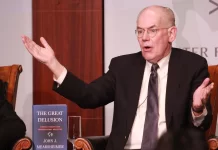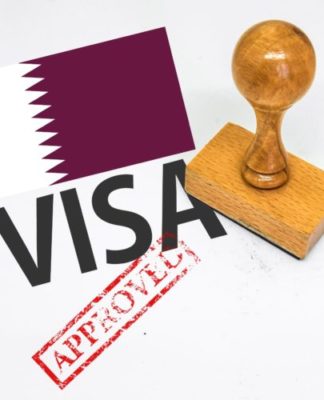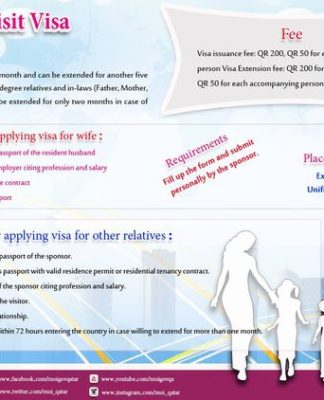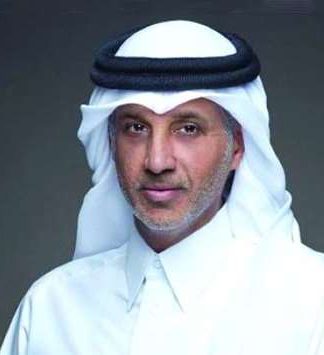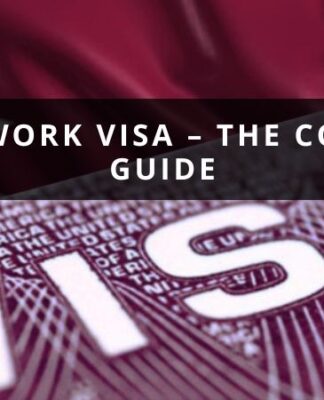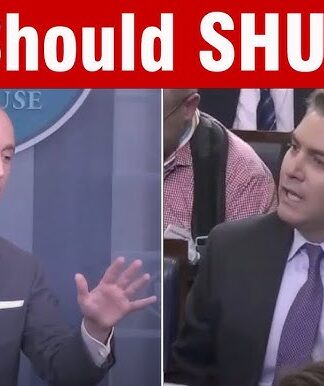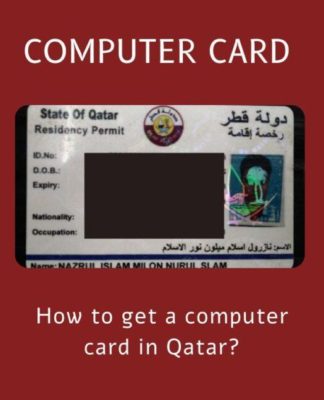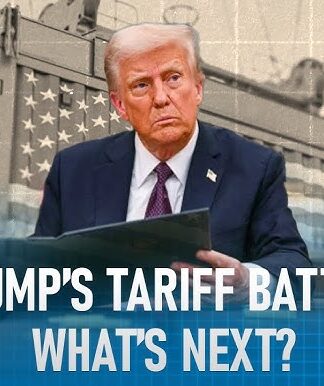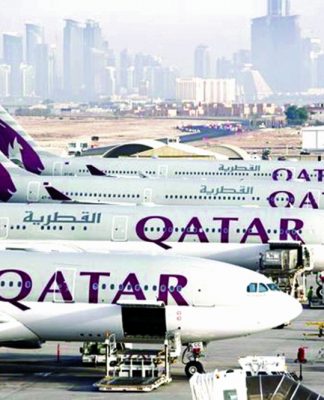The Qatari riyal has suffered drops since the beginning of the blockade by neighbouring Gulf countries and Egypt.
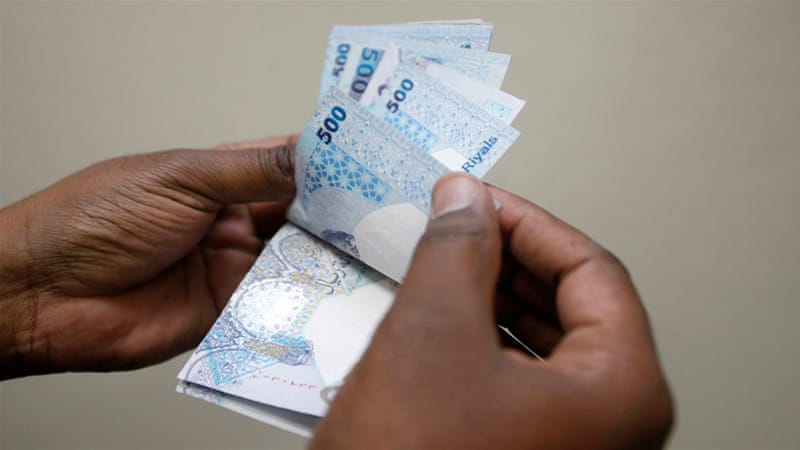
The Qatari riyal has strengthened against the US dollar in the forward market after two days of sharp falls caused by the continued diplomatic rift between Qatar and neighbouring Arab powers.
One-month riyal forwards showed the currency marked as firm as 3.751 per dollar, according to Reuters data, after hitting a low of 3.793 on Monday.
Three-month forwards also saw the riyal strengthening to 3.755 compared with the previous day’s low of 3.796.
Qatari assets have come under pressure since Saudi Arabia, the UAE, Bahrain and Egyptimposed a boycott on the Arab Gulf country three weeks ago.
The four Arab powers accuse Qatar of backing armed groups and issued an ultimatum over the weekend, including a demand that Qatar shut down a Turkish military base.
WATCH: Counting the cost of the Qatar-Gulf crisis
The riyal has been officially fixed at 3.64 to the dollar by an Emiri decree since 2001.
The decree says the central bank would “buy the dollar at a rate not exceeding 3.6385 riyals and sell the dollar at a rate not exceeding 3.6415 riyals to the banks operating in the State of Qatar”.
Gulf bankers inside and outside Qatar say the ongoing fluctuations seem to be the result of the way in which economic sanctions against Qatar have distorted trading between banks.
Many Saudi, UAE and Bahraini banks have cut back or suspended trading with Qatari institutions, fearing the displeasure of their governments.
Sanctions affect dollar supply
International banks have become more cautious because of political risk.
This has slowed foreign exchange trade, particularly between banks operating onshore and offshore, and caused bottlenecks in the supply of dollars to offshore institutions, pushing down the riyal.
Because links between onshore Qatari banks and offshore banks in centres such as Bahrain and London have been damaged by the sanctions, supplies are not reaching all corners of the market promptly.
Sheikh Abdullah bin Saoud Al Thani, Qatar’s central bank head, declared recently that Qatar had “sufficient foreign currency reserves to meet all requirements” but did not explicitly mention the peg.
Bankers in the Gulf say the emir’s decree does not commit the central bank to massive intervention as soon as the spot rate moves off the peg; it merely says the bank has the right to determine the volume and timing of dollar sales.
READ MORE: Ali Sherif al-Emadi – Sanctions will not harm economy
Last week Reuters news agency reported that Qatar’s sovereign wealth fund made US dollar deposits in some local banks last week as a precaution.
The Qatar Investment Authority (QIA) declined to comment.
Asked for comment, a central bank official told Reuters: “QIA regularly place deposits in local banks – this is normal. Contrary to media reports, there haven’t been big withdrawals from banks in Qatar, and the embargo is only having a limited effect on the banking sector here, and one that is easily manageable.”
At a recent meeting between top commercial bank executives and central bank officials, the executives said they did not need dollar liquidity at present, a banker told Reuters, who declined to be named because of commercial sensitivities.
But if the diplomatic crisis lasts another three or four months, and Saudi and UAE banks pull their deposits out of Qatar, local banks might need official help, the banker said.
Qatar’s banks became dependent on foreign funding during the last few years of strong economic growth.
Their foreign liabilities increased to QAR451bn in March from QAR310bn at the end of 2015.
Qatar’s secure banking system
Yousef al-Jaida, chief executive of the Qatar Financial Centre, said this week that institutions from Saudi Arabia, the UAE and Bahrain had about $18bn of deposits in Qatari banks that would mature in two months.
He said it was not yet clear whether those countries would decide to have their institutions pull the money out, but added that Qatar’s government was prepared to step in and support local banks if needed.
The Qatari government has a legal, regulatory, tax and business infrastructure, and licenses foreign companies to exempt them from local ownership laws.
The central bank has about $34.5bn of net foreign reserves and the QIA is believed to hold more than $200bn of liquid assets, so Qatar appears to be in no danger of running out of money to protect its banking system.
The QIA owns stakes in several Qatari banks including 50 percent of Qatar National Bank, the largest lender, and a 16.9 percent stake in Qatar Islamic Bank, the largest sharia-compliant lender by assets.
In the past, the Saudi riyal had also fluctuated by significant margins around its dollar peg because of temporary liquidity squeezes, even though the Saudi central bank had maintained the peg.
|
|
Source: Al Jazeera and news agencies








